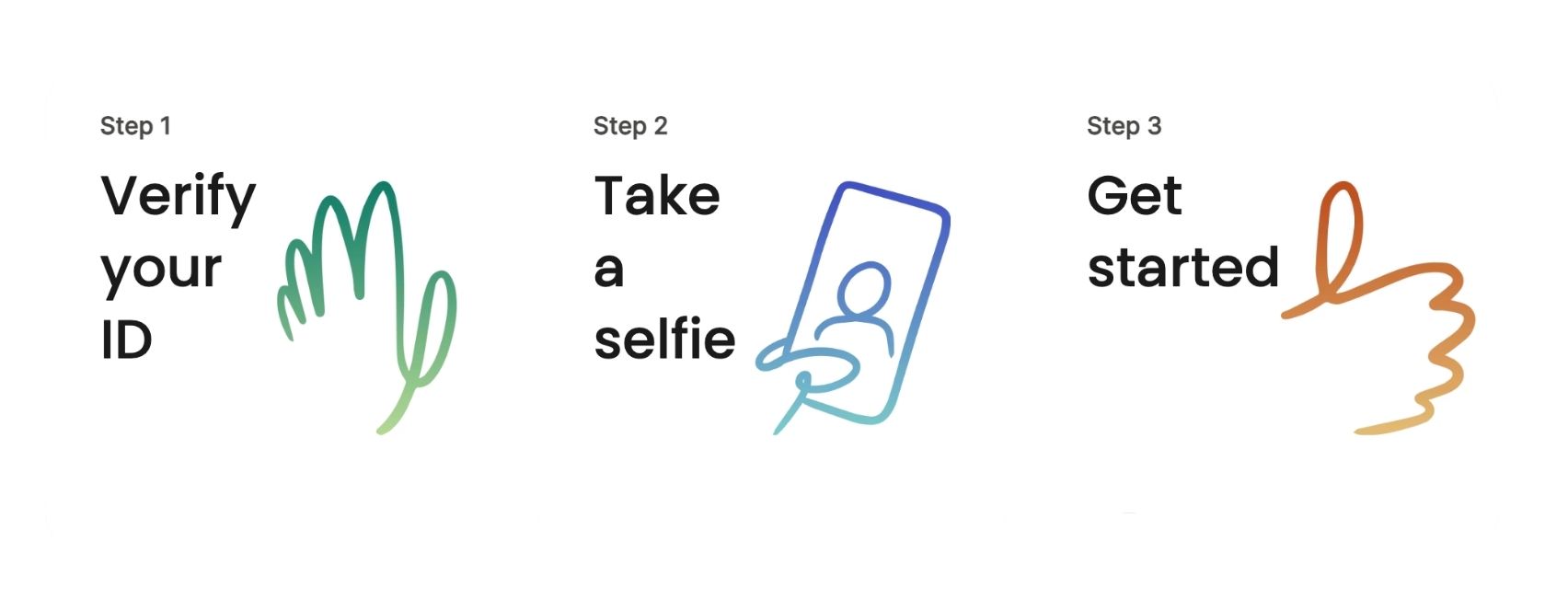A hysterectomy is the surgical removal of a woman’s uterus, commonly known as her womb. In some cases, other reproductive organs (e.g., ovaries, cervix) may also be removed during this procedure. While generally considered very safe, there are risks involved. The pros of its use in treating uterine cancer, endometriosis, fibroids, and other issues must be carefully weighed against the cons in every woman's specific case.
.png)
A hysterectomy is a common surgery performed in adult women. It is usually a scheduled surgery performed as an inpatient procedure. Very rarely, a hysterectomy is performed as an emergency -often for complications related to childbirth.
During a hysterectomy, a surgeon will separate the uterus from the ligaments and tissues that hold it in place. The uterus is then removed from the body.
Other nearby organs may also be removed during a hysterectomy, including:
This decision depends on the reason for the surgery. For example, a woman who has cancer of the uterus usually has her ovaries and fallopian tubes removed along with her uterus. On the other hand, a woman who has chronic bleeding problems may have only the uterus removed.
The extent of the procedure is what defines its type:
Once the surgeon has inspected the organ(s) and determined that the surgery is complete, any incisions are closed.
When performing a hysterectomy, there are three different surgical approaches that can be used:
The approach a surgeon chooses depends on several factors, such as:
Vaginal hysterectomy is generally the preferred approach while an abdominal hysterectomy is the least favored approach.
When compared to a vaginal or laparoscopic hysterectomy, an abdominal hysterectomy is associated with an increased risk of complications (e.g., infection and bleeding), as well as a longer hospital stay and recovery time.
There are really no absolute contraindications to undergoing a hysterectomy. However, once a hysterectomy is performed, a woman will no longer menstruate and cannot become pregnant, which may be a deciding factor against the surgery for some.
There may be issues that end up being relative contraindications, however. For example, certain conditions may make a vaginal hysterectomy more challenging, such as:
A hysterectomy is usually performed to treat one of the below conditions:
Once a woman has a hysterectomy, she will no longer be able to carry a child. Therefore, many women in their childbearing years attempt other less-invasive ways to treat their condition. In some instances though, as with cancer, a hysterectomy may be a woman's only treatment option.
There are always potential risks associated with undergoing surgery, and a hysterectomy is no exception.
Possible (although overall rare) complications that may arise from a hysterectomy include:
Preparing for your hysterectomy usually begins with meeting with your surgeon and anesthesia team about a week or so before your surgery.
During these appointments, the following issues will be discussed:
Your hysterectomy will usually be performed under general anesthesia in the surgical ward of a hospital, although a laparoscopic hysterectomy may be performed in an outpatient surgical center.
On the day of your hysterectomy, you will be advised to wear comfortable clothes and arrive about two hours before your scheduled time.
You will also be asked to bring the following items:
Once you arrive at the hospital, you will change into a gown and relax in a preoperative room where a nurse will administer fluids and/or medications through a small needle in your arm. You will also see your surgeon and someone from the anesthesia team before going into the operating room.
Recovery from a hysterectomy depends somewhat on the type of hysterectomy performed.
While an abdominal hysterectomy generally requires a two- to three-night overnight hospital stay, you may only stay one night (or even go home the same day) with a laparoscopic hysterectomy.
During your recovery, you will experience various symptoms. Some, like pain and constipation, may be temporary and last a few days to a week. Others, such as vaginal bleeding and discharge, may last several weeks.
In addition to providing you with guidance on how to best manage your symptoms, your healthcare provider will also give you instructions on activity restrictions (e.g., sex, driving, going back to work, and more) and when to come in for follow-up appointments.
Keep in mind that recovering from a hysterectomy is more than a physical process—it's also an emotional one, too.
Women have different experiences. Many are relieved that their symptoms are gone. Others mourn the loss of their fertility, or perhaps worry about their future if the hysterectomy was performed to treat cancer.Symptoms of depression may also crop up during your recovery.
It's important to lean on others for support and seek help processing these emotions, if you need it.
Introducing Eva.
Receive a complete Readiness Report in 24 hours — Built with best surgeons and anesthesiologists. Powered by AI.
Send the report to your surgeon.

About 38% of adult patients suffer an adverse event during or following their surgery, researchers reported Wednesday in the BMJ.
Nearly half of these complications result in serious, life-threatening or fatal harm, results showed.
60% of the complications were potentially preventable and 21% were definitely or probably preventable, researchers report.
Our mission is to provide safe & affordable surgical care
for every patient using AI technology and telehealth.

Surgery should be centered around you.
Your health, in your hands.
With Eva Me, it is. Licensed clinicians review your health record to provide personalized recommendations for surgery and anesthesia. It’s time for care that’s true to you.
Securely access Eva Me with a photo of your ID and a selfie.

Health records in multiple portals? That’s a thing of the past. Eva Me gathers your records in one place so licensed providers can give you personalized recommendations about your health.

Receive a summary on your phone — including surgical history, medications, labs, and risk factors — ready to send to be sent to your surgeon.

Trusted by the best health systems in the world
Includes — Anesthesia Self-Test, consented record pull via HIE and patient portals, Eva Readiness Report in 24 hours, personalized checklist, action plan, question guide, secure PDF and share link, online support
Information